If there’s one dish that takes me straight back to my grandmother’s kitchen, it’s squash and hamburger casserole. I remember walking in after school to the smell of golden squash mingling with seasoned beef, all bubbling away in a rustic baking dish. Back then, we’d gather around her long wooden table, sharing stories while savoring forkfuls of this hearty, comforting classic. Even now, making this casserole feels like a warm hug on a busy weeknight.
It’s simple yet satisfying, and with a few clever tips, you can keep it creamy, flavorful, and never watery. In this article, I’ll share my take on this beloved dish, explain how to keep it at its best, and answer some of your most common questions so you can bring the same joy to your own table.
Why We Love Squash and Hamburger Casserole
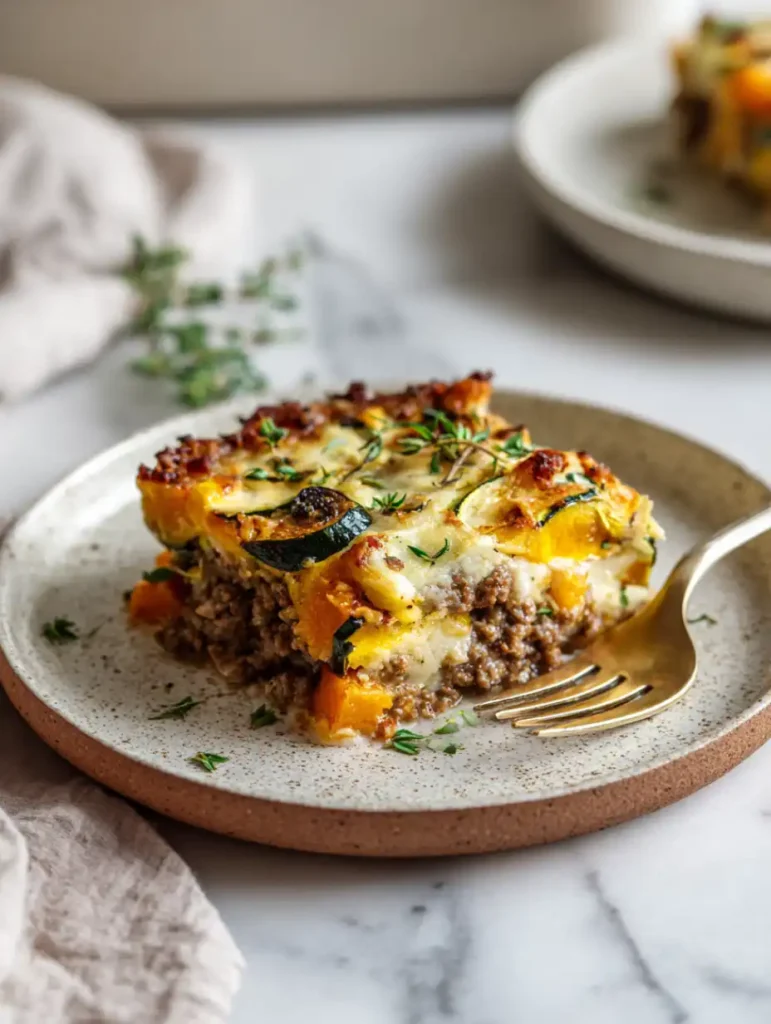
A nostalgic favorite with everyday ingredients
Squash and hamburger casserole isn’t just a recipe it’s a little piece of Americana. Combining fresh summer squash, lean ground beef, and a creamy binder, this dish is equal parts economical and delicious. Every bite reminds you of family dinners and potlucks where everyone asked for seconds. What makes it even better is that it uses ingredients you probably already have on hand. A few fresh squashes, ground beef, onions, breadcrumbs or crackers, and a splash of milk or cream come together into a dish that’s hearty enough to satisfy yet light enough to enjoy year-round.
If you’ve ever worried about your squash releasing too much water and making the casserole soupy, don’t! With just one simple step salting and draining the squash before assembling you’ll get a perfectly set, creamy casserole every single time. I’ll explain this trick and more throughout the article.
The beauty of a make-ahead meal
One of the reasons squash and hamburger casserole has stood the test of time is its versatility. Whether you’re feeding a crowd at a church supper or prepping for a quiet Tuesday night, this casserole fits right in. You can assemble it ahead of time, pop it in the fridge, and bake it off when you’re ready perfect for busy families or those who just love to plan ahead. In fact, letting it sit for a few hours before baking can even help the flavors meld together beautifully. For another creamy yet healthy comfort dish, you might enjoy this creamy garlic chicken recipe it’s just as satisfying with minimal fuss.
From my kitchen to yours, let’s dive deeper into how you can make this dish your own without the worry of watery squash or bland flavors!
Tips and Variations for the Perfect Squash and Hamburger Casserole
How to keep your casserole creamy, not watery
One of the biggest concerns home cooks have when making squash and hamburger casserole is that it sometimes turns out watery. That’s because squash is naturally high in water, and when baked, it releases that liquid into the dish. But don’t worry there’s a simple fix! After slicing your squash, place it in a colander, sprinkle generously with salt, and let it sit for about 20–30 minutes. The salt draws out excess moisture, which you can then pat away with a clean towel.
This one step alone keeps the texture creamy instead of soupy. You can also sauté the squash briefly to drive off more water before layering it into the casserole. Over at Cozy Baked Goods, you’ll find a similar method for prepping vegetables that works wonders for baked recipes.
Another common question is whether to add milk to the casserole. While not strictly necessary, a small splash of milk, cream, or even sour cream adds richness and helps bind the ingredients together. Combined with eggs or a creamy soup base, milk creates that irresistible custardy layer that holds everything in place. Don’t be afraid to experiment with what you have on hand!
Flavorful twists to make it your own
The classic version of squash and hamburger casserole is delicious as is, but it’s also a terrific canvas for creativity. Want a little kick? Add diced green chilies or a pinch of crushed red pepper to the beef as it browns. Looking for something cheesier? Shredded cheddar, Gruyère, or even pepper jack melted on top takes it to another level. If you prefer a lighter take, you can even substitute ground turkey or chicken for the beef just season generously to keep the flavor bold.
If you’re looking for lighter sides or creative summer-friendly ideas, you can explore these summer salads which pair beautifully with the casserole. A crunchy topping of crushed buttery crackers or panko breadcrumbs mixed with melted butter adds texture and flavor a crowd favorite every time.
Make-Ahead and Storage Tips for Busy Cooks

Can squash casserole be made ahead of time?
One of the best things about squash and hamburger casserole is how well it fits into a busy schedule. You can absolutely make this dish ahead of time, which is a real time-saver during hectic weeks. Simply assemble the casserole completely, cover it tightly with foil or wrap, and refrigerate for up to 24 hours before baking. In fact, letting it rest a little helps the flavors come together beautifully. Just remember to add a few extra minutes to the baking time if it’s going straight from the fridge to the oven.
If you’re planning further ahead, you can even freeze it. For the best results, use a disposable foil pan, wrap it securely, and freeze for up to two months. When you’re ready, thaw overnight in the fridge and bake as usual. Freezing keeps the texture slightly firmer, avoiding any extra moisture in the final dish. One of my favorite tricks is making two smaller casseroles and saving one for later similar to how I batch-prep quick sheet pan recipes for busy weeks.
How long can you keep it in the fridge?
After baking, squash and hamburger casserole keeps surprisingly well. Let it cool completely, then store leftovers in an airtight container in the refrigerator. It’ll stay fresh for up to four days, making it ideal for quick lunches or easy dinners later in the week. To reheat, cover the dish with foil and warm it in a 350°F oven until heated through, or microwave single portions for a few minutes.
One small tip: if you know you’ll be reheating later, slightly underbake the casserole the first time. This keeps it from drying out when warmed up. I often find myself making two smaller casseroles instead of one big one enjoying one now and saving the other for later. It’s a little trick I picked up from working on my Cozy Baked Goods recipes that helps keep leftovers tasting just as good as the first bite.
By planning ahead and storing properly, you’ll always have a warm, hearty casserole ready when you need it most. Next, let’s answer a few common questions to help you perfect your technique.
Answering Common Questions and Troubleshooting
Why did my casserole come out watery?
A watery squash and hamburger casserole can feel disappointing, but it’s actually easy to prevent. The main reason it happens is because squash holds a lot of water. When baked, that water seeps out into the dish, diluting the creamy texture. To stop this, slice your squash, salt it liberally, and let it drain in a colander for at least 20 minutes. Then pat it dry with a clean towel before using.
Another tip is to avoid overcooking the squash during sautéing just soften it slightly. If you use frozen squash, thaw and drain it thoroughly before adding. For more troubleshooting tips on baked dishes, visit Seasonal Favorites where I share several kitchen-tested solutions for common cooking pitfalls.
What binds a casserole together?
A good casserole needs a binder something to hold the meat, vegetables, and toppings in a cohesive slice. In squash and hamburger casserole, the most common binders are eggs, a splash of milk or cream, cheese, and sometimes soup. These ingredients combine to form a light custard-like base that keeps everything in place.
If you’re looking for a light appetizer to serve while your squash and hamburger casserole bakes, these low-cal shrimp summer rolls are a terrific choice.
PrintSquash and Hamburger Casserole: Creamy, Cozy, and Easy
Creamy squash and hamburger casserole with golden topping
- Prep Time: 30 min
- Cook Time: 35 min
- Total Time: 1H 30 min
- Yield: 6 servings 1x
- Category: Casserole
- Method: Baking
- Cuisine: American
Ingredients
- 4 cups sliced yellow squash
- 1 lb ground beef
- 1 small onion, diced
- 2 eggs
- 1/4 cup milk or cream
- 1 cup shredded cheddar cheese
- 1/2 cup breadcrumbs or crushed crackers
- Salt and pepper to taste
- sliced squash for decoration (optional)
Instructions
- Preheat oven to 350°F. Salt sliced squash and drain 20 minutes.
- Brown ground beef and onions in skillet; drain excess fat.
- In a bowl, whisk eggs and milk.
- In a baking dish, layer squash, beef mixture, egg mixture, and cheese.
- Top with breadcrumbs and bake 30–35 minutes until golden.
Notes
Let rest 5 minutes before serving. Freezes well.
Nutrition
- Serving Size: 1 slice
- Calories: 350
- Sugar: 3g
- Sodium: 500mg
- Fat: 20g
- Saturated Fat: 8g
- Unsaturated Fat: 10g
- Trans Fat: 0g
- Carbohydrates: 20g
- Fiber: 2g
- Protein: 18g
- Cholesterol: 100mg
FAQs about Squash and Hamburger Casserole
How do you keep squash casserole from getting watery?
Salt the sliced squash and let it drain for 20–30 minutes before adding to the casserole. Pat dry with a towel. You can also sauté lightly to remove more moisture.
How long can you keep squash casserole in the fridge?
Store leftovers in an airtight container in the fridge for up to four days. Reheat gently in the oven or microwave until hot.
What binds a casserole together?
A combination of eggs, milk or cream, cheese, and sometimes soup acts as the binder, holding the ingredients together in one cohesive slice.
Can squash casserole be made ahead of time?
Yes. Assemble it up to 24 hours ahead, cover tightly, and refrigerate. Bake when ready, adding a few extra minutes to the cook time.
Why did my casserole come out watery?
This happens when squash isn’t properly drained. Be sure to salt and drain it before assembling. Avoid overcooking the squash beforehand, which can also release extra water.
Do you put milk in a squash casserole?
Milk isn’t required, but it adds creaminess and helps bind the filling. You can use milk, cream, or a dairy-free substitute.
Conclusion
Bringing squash and hamburger casserole to your table is like bringing a little piece of home with it. With its cozy flavors, simple ingredients, and make-ahead convenience, it’s a dish you’ll turn to again and again. Whether you enjoy it on a busy weeknight or as part of a holiday spread, these tips and techniques ensure your casserole comes out creamy, flavorful, and never watery. Don’t forget to check out other comforting recipes on Join The Dinner Party to keep your kitchen full of warmth and joy.


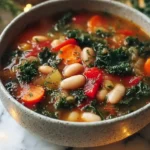

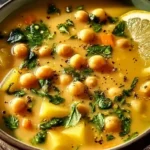
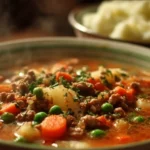

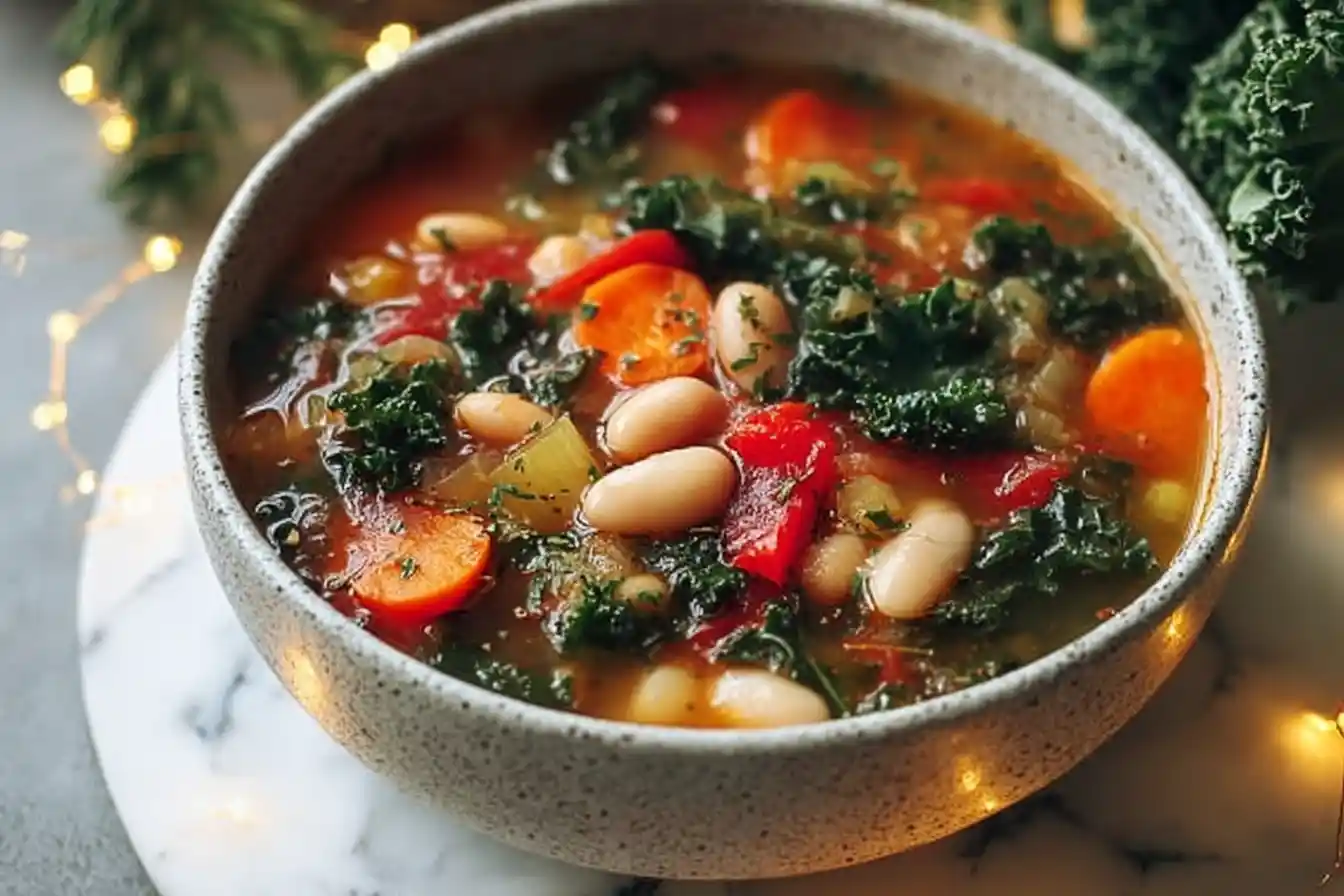

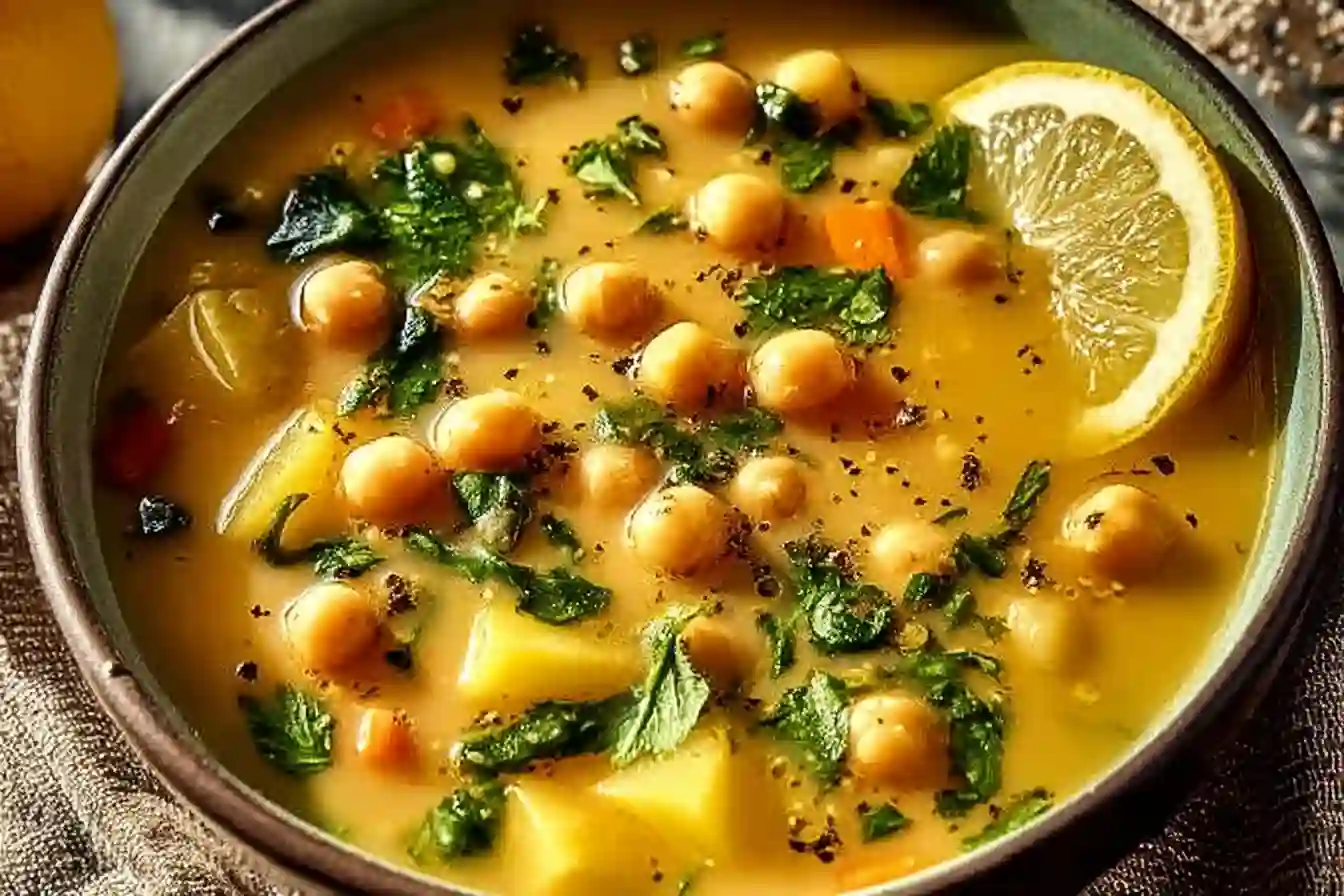
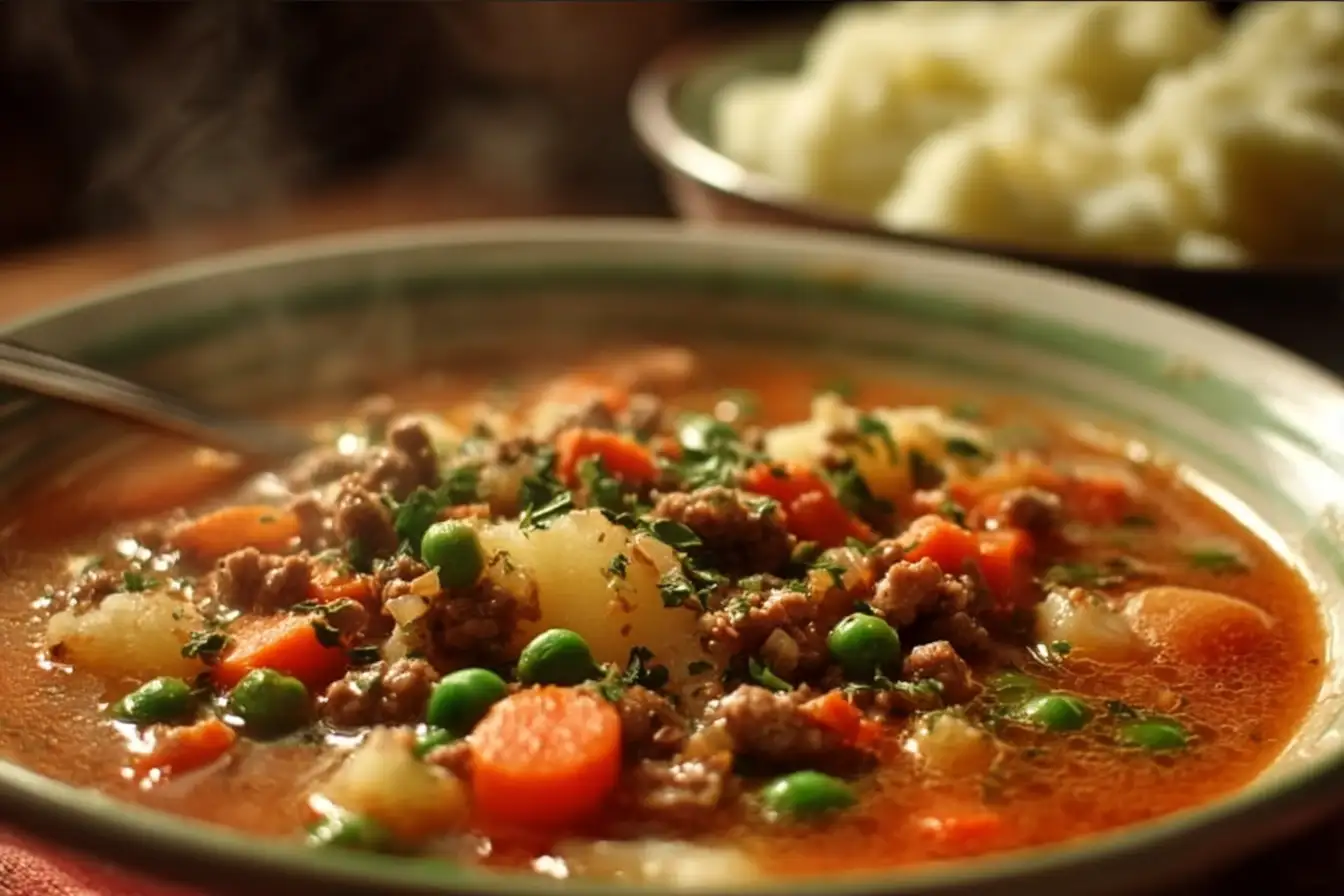
Leave a Reply